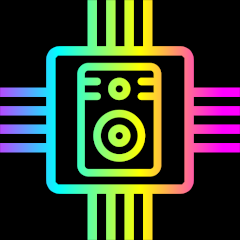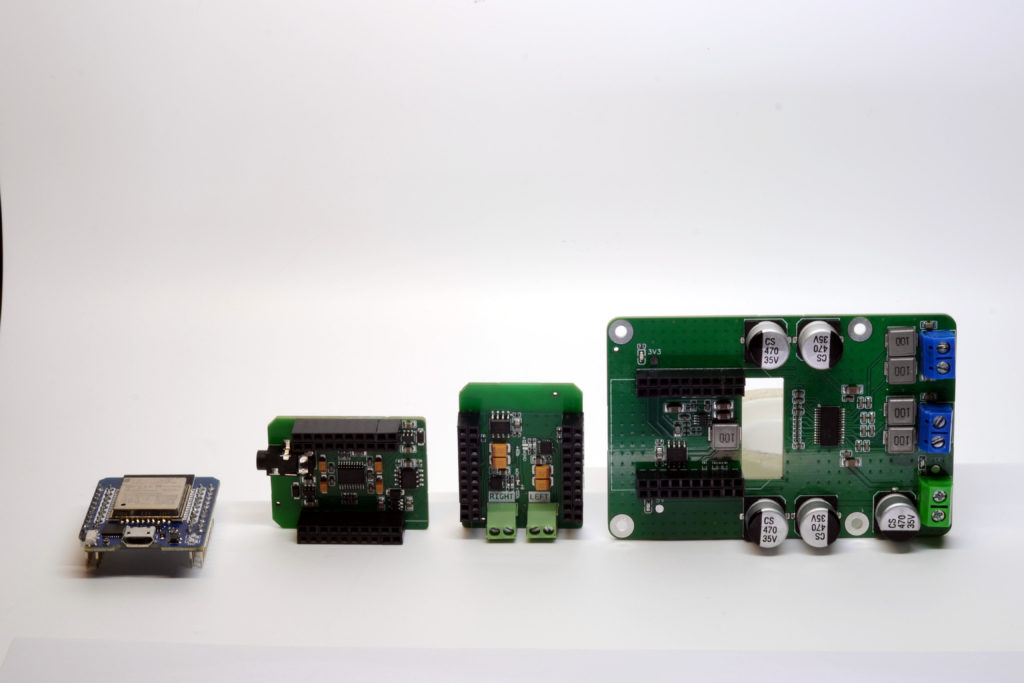
What is it?
ESP32 Audio Docks is a range of extension boards (i.e. docks) that allow you to develop Audio solutions based on ESP32 chips. These were created to make Audio development entry as easy and inexpensive as possible
Motivation
I spent the last few years developing different solutions based on ESP devices. It all started with ESP8266, where CPU power is not really sufficient to do real-time decoding, so you’re limited to a rather simple ding-dong business. Then ESP32 came, bringing two much more capable cores, so you have a powerhouse to handle communication and decoding at the same time. Perhaps most importantly it also came with SPIRAM, so you can do decent buffering (essential for streamed content).
Now new ESP32 C-Series and S-Series chips are entering the market, and their potential is mostly unrealized as of today.
I created those docks, to be able to quickly prototype for the whole range of ESP8266 and ESP32 chips, starting with the simplest finger-sized toys and going all the way up to full-sized speakers.
Flavors
The smallest in the range is the ESP Audio Solo model, which is basically a single MAX98357 DAC taking power from a 5V rail, delivering a single 3W mono channel output.
It is compatible with ESP8266, ESP32C3, and ESP32S2 mini modules and aiming entry-level tasks, as all of the listed chips are single-core entry-level performance chips.

Next in the line ESP Audio Duo model, designed to work together with the ESP32 mini-module. Having some experience with audio-related projects, it is clear that for audio streaming SPIRAM is a must (for buffering purposes). So I’ve decided to place a PSRAM chip on the board, so any of-the-shelf ESP32-WROOM module gains WROVER capabilities, as soon as inserted into the dock. Plug in play, no further changes needed.
ESP Audio Duo adds stereo output, otherwise is is the same DAC and similar performance times two.

Next in the line HiFi-ESP32 driving PCM5100 DAC. It lacks a power amplifier on the output, so normally you would need an external amp. It is capable of driving headphones though.
HiFi-ESP32 also has a SPIRAM chip onboard.
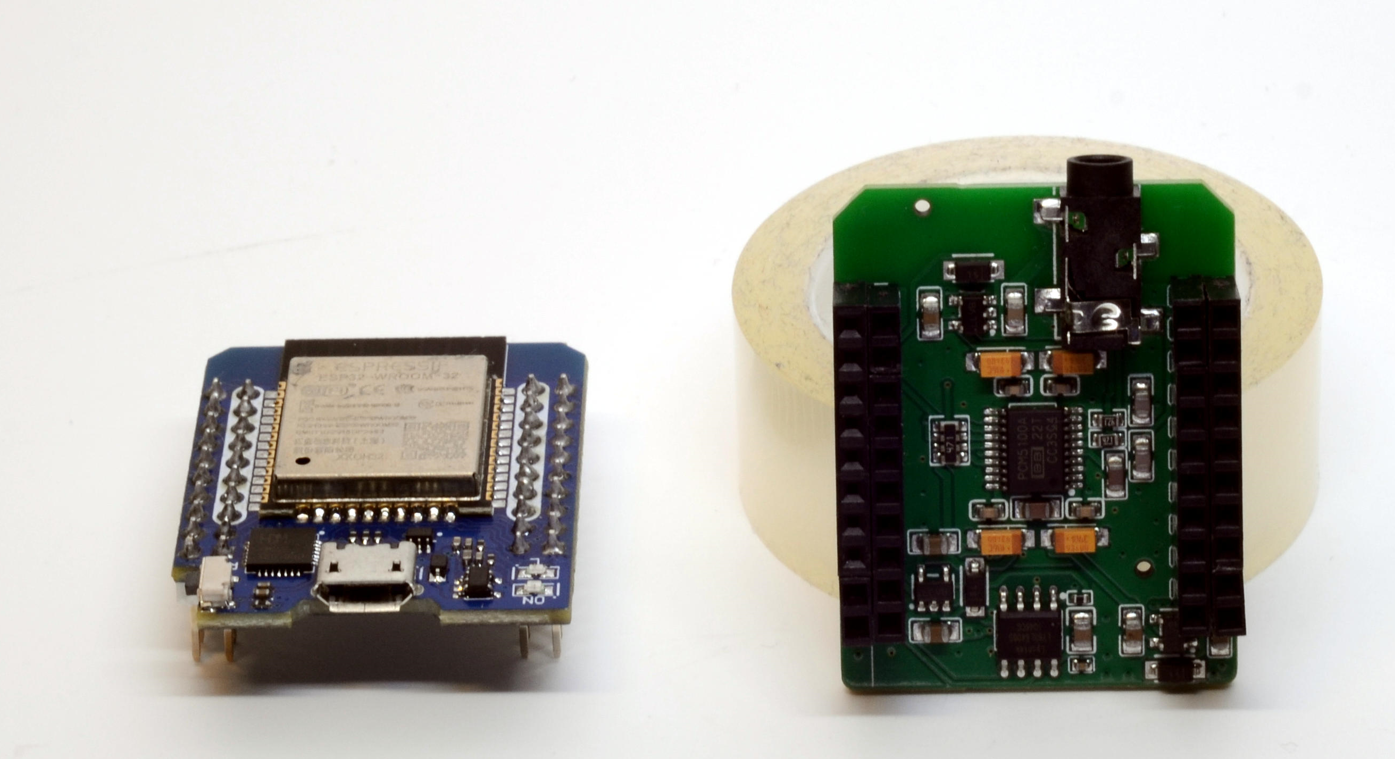
To make sure DAC performance is not compromised, it is powered by three independent Ultra-low-noise LDOs. As long as your ESP32 pushing data in, you should expect true Hi-Fi performance.
Last in the line is Louder-ESP driving TAS5805M DAC with D-class AMP. It is a top-performance part and it is capable of delivering 2 channels of 23W each to 8 Ohm load, so it is quite beefy. Clearly, it requires an external power source, so a step-down voltage converter is added to generate 3.3V for ESP32 to use when it is not connected to the USB.
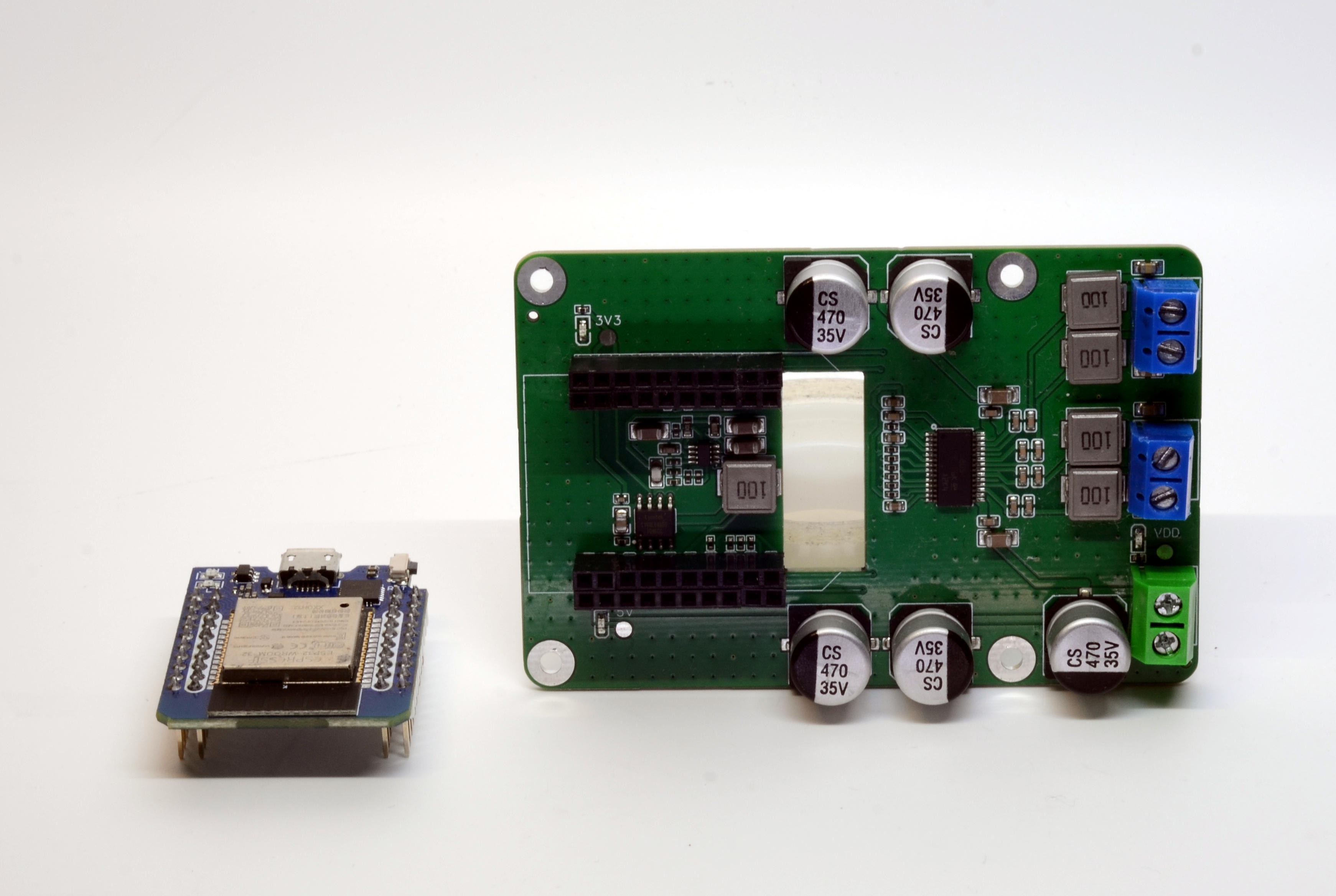
Like the rest of the line, the SPIRAM chip is onboard.
This is a real beast for grownups and a bit of “how to overdo ESP32 DAC”. But hey, why not?
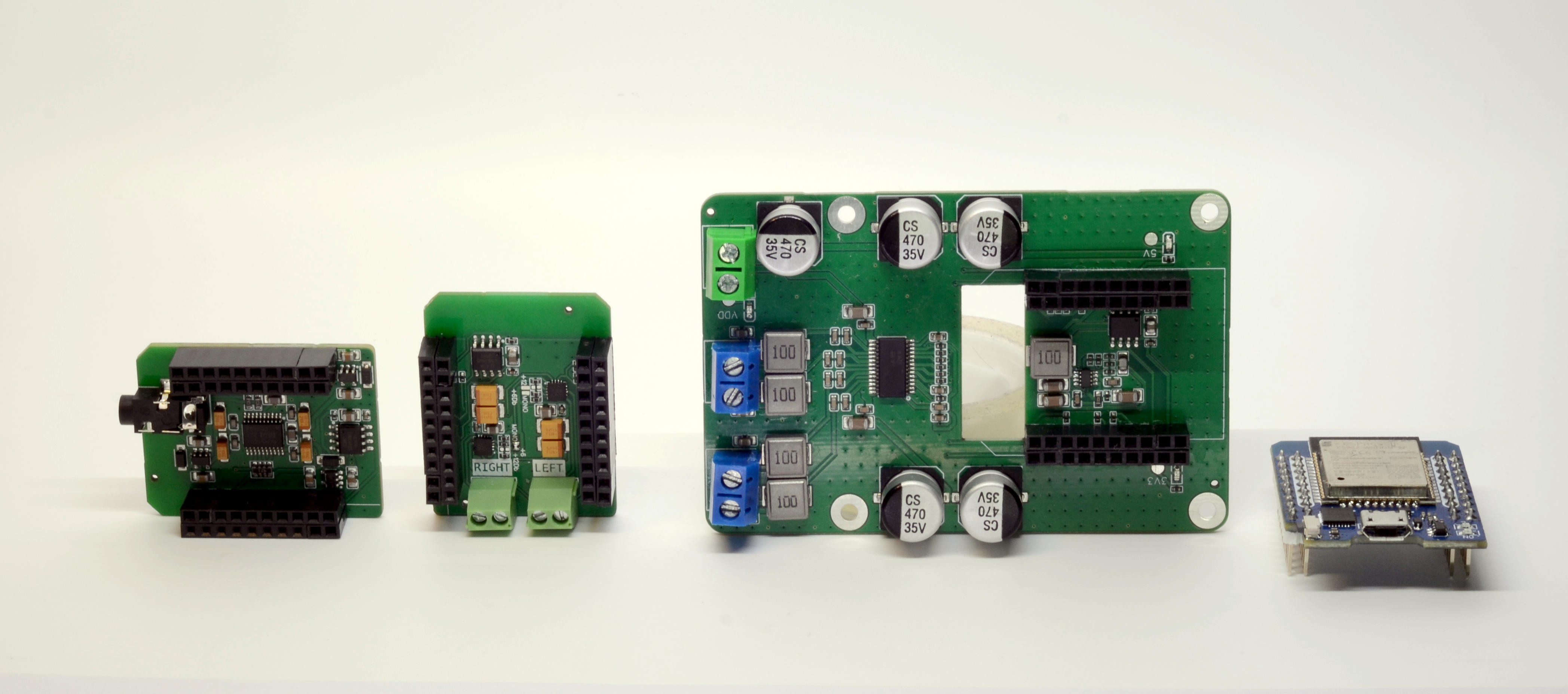
Features
| ESP Audio Solo | ESP Audio Duo | Hifi ESP | Louder ESP | |
|---|---|---|---|---|
| Docks with | ESP8266, ESP32C3, ESP32S2 Mini modules | ESP32 Mini Module | ESP32 Mini Module | ESP32 Mini Module |
| DAC | Single I2S DAC (MAX98357) with built in D-Class amp | Dual I2S DAC (MAX98357) with built in D-Class amp | PCM5100A 32bit Stereo DAC -100 dB typical noise level | Stereo I2S DAC (TAS5805M) with built in D-Class amp |
| Output (4Ω) | 3W | 2x 3W | Non-amplified stereo output | 2x 15W at 12V Vin |
| Output (8Ω) | 1.5W | 2x 1.5W | Non-amplified stereo output | 2x 23W at 22V Vin |
| Adds | 8MB PSRAM (4MB usable) | 8MB PSRAM (4MB usable) | 8MB PSRAM (4MB usable) |
Onboard PSRAM
Audio streaming requires proper buffering to work, even with ESP32 500K of RAM it is a challenging task. For that reason, most of the projects will require WROVER modules that have onboard PSRAM chip.
All ESP32 Docks have 8 MB PSRAM chip onboard, connected via a high-speed SDIO interface. This effectively turns your regular WROOM module into a WROVER module with no effort required. Any code using PSRAM with just work out-of-the box.
Firmware samples
In the software section, two firmware examples are provided. But the editor’s favorite is the squeezelite-esp32 firmware that you can flash directly from your browser using web-installer
Documentation
Both software and hardware documentation can be found on the project’s Github. You can follow project progress at Hackaday
Where to buy
You may support our work by ordering this product at Tindie and Elecrow
- ESP Audio Dock at Tindie
- Louder ESP32 at Tindie
- Louder ESP32 at Elecrow
